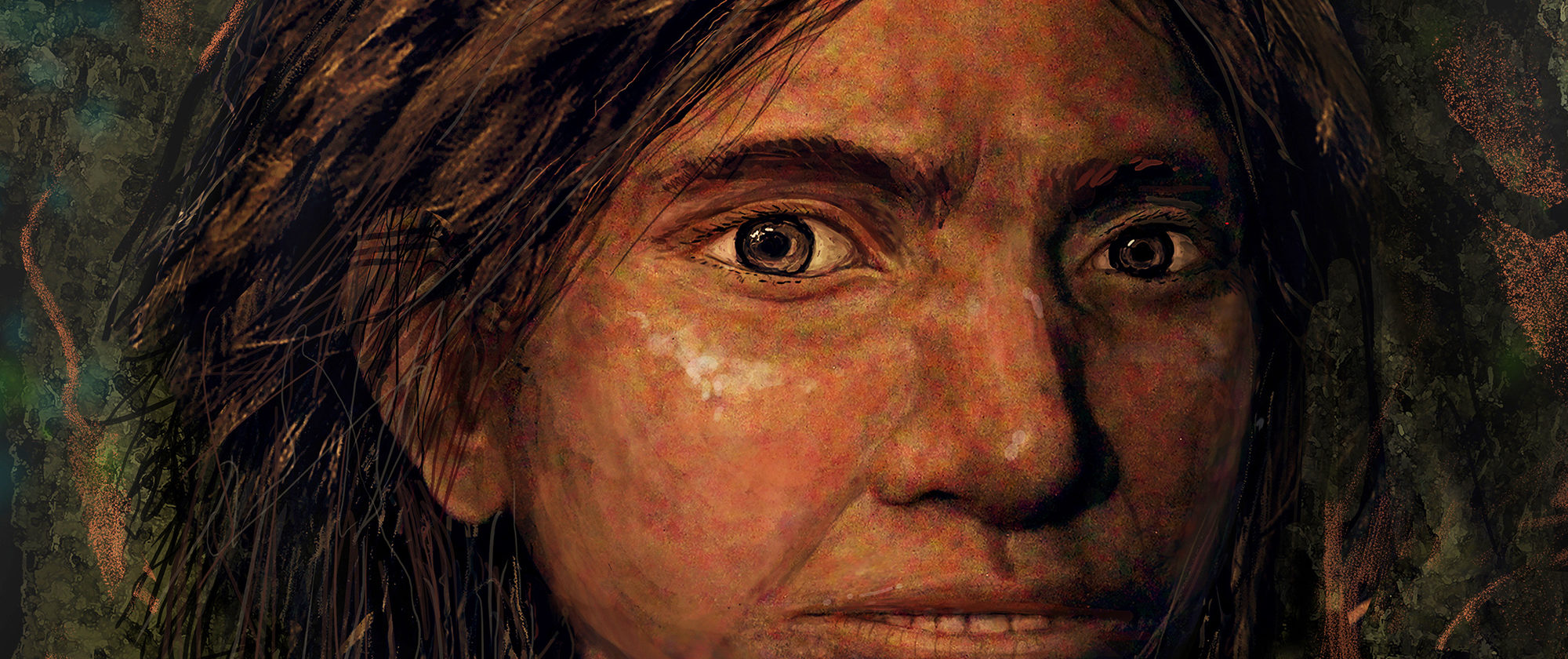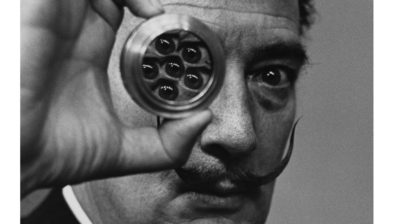80,000 years ago, there were no photographic cameras, not even paper, paint and brushes… However, scientists have brought to live a portrait of a girl who used to live, back then, in Siberia.
How?
The girl, depicted in the picture above, was a Denisovan. Denisovans were a hominid population that co-habited with humans and Neanderthals in Siberia and East Asia, and that went extinct 50,000 years ago. Discovered only a decade ago, we don’t know much about them, and all we have left from Denisovans is a pinkie bone, three teeth and a lower jaw.
Denisovans were hominid population that co-habited with humans and Neanderthals in Siberia and East Asia, and that went extinct 50,000 years ago
Painting an image from molecular data from the tip of a bone
A group of researchers applied a new analysis technique to the DNA isolated from the tip of a pinkie bone found in Siberia. DNA hypermethylation was used to infer gene downregulation, and in turn this was related to anatomical features. Up to 56 specific features were predicted this way, which helped paint our only image of this extinct group.
“This study shows the power of combining biomedical data with evolutionary studies”, says article author Tomàs Marquès-Bonet, director of the Institute for Evolutionary Biology (IBE: CSIC-UPF) with a dual appointment at CNAG-Centre for Genomic Regulation (CRG). The article has been published in Cell by researchers from The Hebrew University of Jerusalem in Israel and from IBE in Barcelona, and it will help to understand how these early hominids adapted to their environment, and how they differed from us.
Check out this video by Maayan visuals (@maayanvisuals), who were in charge of the artistic recreation process.
Would you like to see your photo here? Please send us pictures related to science or the PRBB to ellipse@prbb.org.
Gokhman et al., Reconstructing Denisovan Anatomy Using DNA Methylation Maps, Cell (2019); DOI: http://doi.org/10.1016/j.cell.2019.08.035






